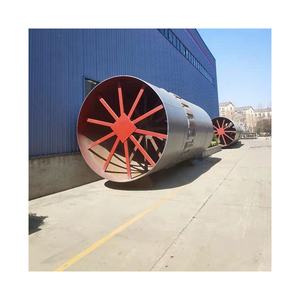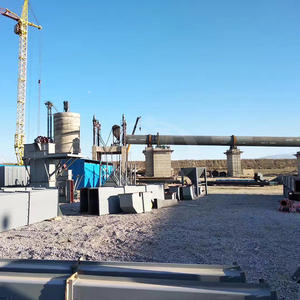Mastering the operation of heavy machinery – excavators, bulldozers, cranes, loaders, graders, and similar equipment – is a critical skill demanding a blend of theoretical knowledge, practical aptitude, and unwavering commitment to safety. As mechanical engineers deeply involved with the design and operational parameters of such equipment, we emphasize a structured, safety-first approach to acquiring this expertise. This article outlines the essential pathway to becoming a proficient heavy equipment operator.
(How To Learn How To Operate Heavy Machinery)
The journey begins long before approaching the machine. Foundational knowledge is paramount. Prospective operators must develop a solid understanding of fundamental mechanical principles relevant to heavy machinery. This includes comprehension of hydraulic systems, power transmission (transmissions, differentials, final drives), basic engine operation, braking systems, and steering mechanisms. Understanding the purpose and function of major components provides crucial context for operational controls and troubleshooting potential issues. Simultaneously, acquiring knowledge of relevant site safety protocols, hazard identification (overhead power lines, unstable ground, personnel proximity), and environmental regulations is non-negotiable. Understanding load charts for lifting equipment and grade specifications for earthmoving machines is essential specific knowledge.
Formal, accredited training is the indispensable next step. While hands-on experience is crucial, it must be built upon a structured educational foundation. Seek out reputable training providers certified by relevant national or regional occupational safety and health authorities or industry bodies. These programs typically combine classroom instruction with practical simulator time and supervised machine operation. Classroom sessions cover equipment-specific systems, operational procedures, safety standards (OSHA in the US, similar regulations elsewhere), pre-operational inspections, and basic maintenance tasks. Simulators offer a valuable risk-free environment to familiarize oneself with control layouts, basic maneuvers, and develop muscle memory before interacting with actual machinery, significantly reducing the initial learning curve and potential for costly errors.
Only after completing theoretical and simulator components should trainees progress to actual equipment under strict, direct supervision by a qualified and experienced instructor. This supervised practical training is the core of skill development. It starts with meticulous pre-operation checks: fluid levels (oil, coolant, hydraulic fluid), tire/undercarriage condition, structural integrity, brake function, lights, and safety devices. Operators learn the specific control patterns (ISO or SAE patterns are common standards) for the machine type, practicing fundamental movements in a controlled, obstacle-free area. Emphasis is placed on smooth, controlled operation, spatial awareness, and constant vigilance for people and obstacles. Gradually, tasks increase in complexity – precise digging, grading to specification, safe lifting and placement of loads, navigating varied terrain, and operating in proximity to other equipment or personnel. The instructor provides continuous feedback, correcting techniques and reinforcing safe practices. This phase demands patience, focus, and a willingness to learn from mistakes in a controlled setting.
Safety is not a module; it is the pervasive principle governing every action. Personal Protective Equipment (PPE) – hard hat, high-visibility vest, safety glasses, steel-toed boots, hearing protection – is mandatory. Operators must rigorously adhere to lockout/tagout procedures during any maintenance. Understanding and respecting the machine’s stability limits, load capacities, and blind spots is critical. Communication protocols, especially when working with ground personnel or near other equipment, must be strictly followed, often using standardized hand signals or radios. Situational awareness – constantly scanning the work area, anticipating potential hazards, and understanding the machine’s interaction with the ground and loads – is a developed skill vital for accident prevention. Complacency is a significant hazard; operators must maintain vigilance throughout their shift.
(How To Learn How To Operate Heavy Machinery)
Upon successful completion of a certified training program, operators typically undergo evaluation and receive formal certification specific to the equipment type. However, certification signifies competence under supervision, not the end of learning. True mastery comes with consistent, supervised field experience. Operators must commit to continuous learning, staying updated on new technologies, regulations, and best practices. Participating in refresher courses and seeking mentorship from seasoned operators are invaluable. Regular review of operational manuals for specific machine models is essential. Heavy machinery operation is a skilled trade requiring ongoing development, sharp situational awareness, and an ingrained safety culture. The responsibility is significant, but the pathway to proficiency, through structured education and dedicated practice, provides the necessary foundation for a safe and successful career.


